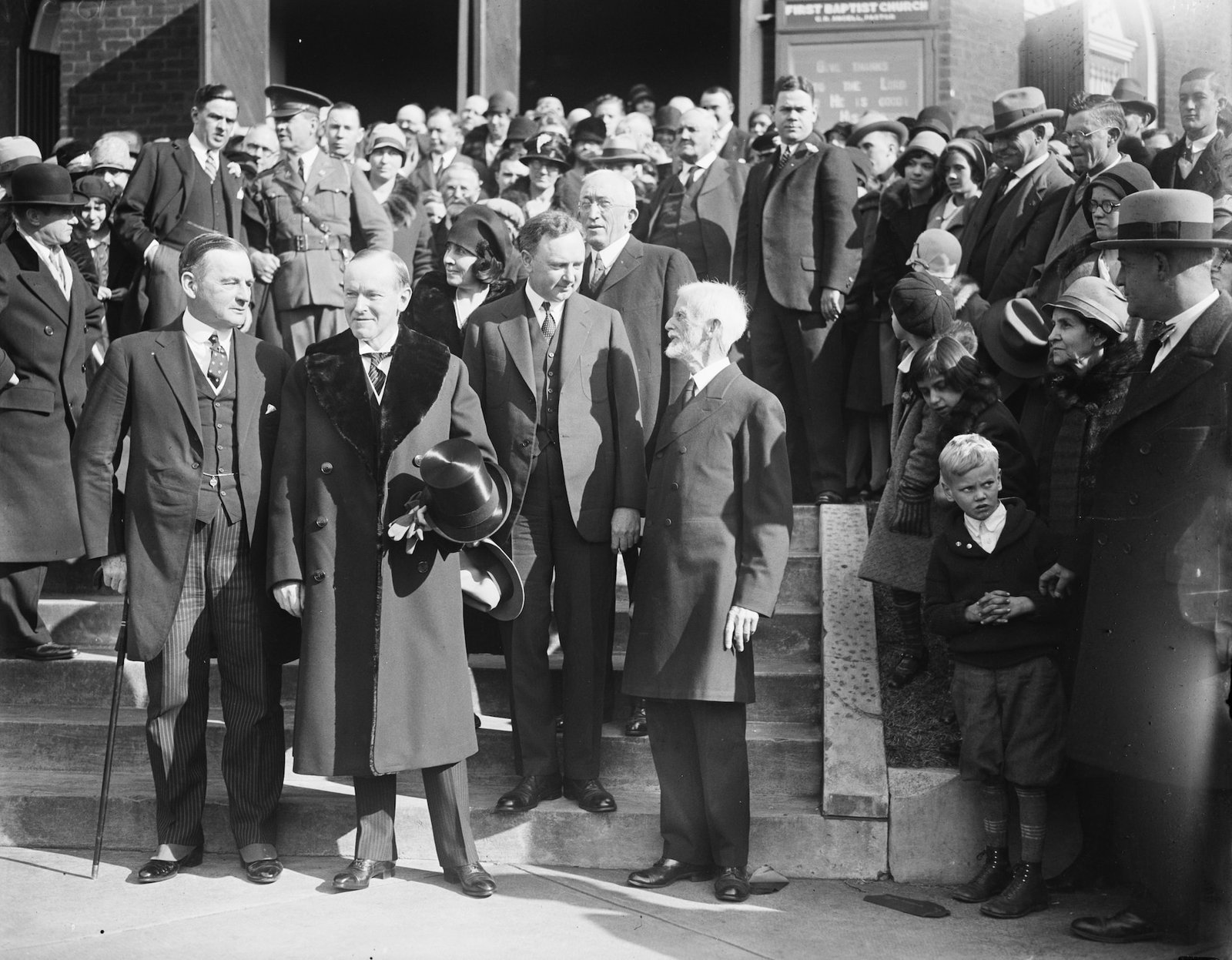FDR’s Fireside Chats
Introduction
In the heart of the Great Depression, as the United States grappled with economic collapse and looming international tensions, President Franklin D. Roosevelt turned to an innovative means of communication to bridge the gap between the White House and ordinary American households: the Fireside Chats. These radio broadcasts were more than mere speeches; they were intimate conversations, a platform for FDR to both inform the American people and earn their trust.
Origins and Purpose
When FDR took office in 1933, the U.S. was plunged into an unprecedented crisis. Banks were failing, unemployment rates were skyrocketing, and morale was low. Trust in government and financial institutions was dwindling. Roosevelt, understanding the power of communication and the burgeoning influence of radio as a medium, saw an opportunity.
Rationale: Instead of relying solely on traditional outlets, FDR chose to address the nation directly. The chats weren’t just policy updates but were crafted to be personal, relatable, and understandable by all, regardless of one’s knowledge of politics or economics.
Frequency: Though they became known as “chats”, they weren’t as regular as the term might suggest. Roosevelt would only broadcast when he had something essential to convey, resulting in a total of 30 chats over his presidency.
Content and Approach
Roosevelt’s approach to these chats was unique. He wasn’t just addressing the nation; he was having a conversation with them.
Language: He took pains to ensure his language was clear and straightforward, avoiding jargon. This approach made complex policies and actions, such as banking reform or the intricacies of New Deal programs, accessible to ordinary Americans.
Reassurance: These chats were meant to calm anxieties. Roosevelt was candid about the nation’s challenges but also consistently optimistic about the future.
Education: The chats were a platform to inform the public about government actions and to dispel rumors or misinformation. FDR used them as an educational tool, laying out the reasons behind specific policies or decisions.
Context of the Era
To understand the gravity of FDR’s Fireside Chats, it’s essential to recognize the context. The 1930s were tumultuous times. With the stock market crash of 1929 and the subsequent Great Depression, the fabric of American society was stretched thin. Social unrest, rampant unemployment, and increasing distrust in governmental institutions marked the era.
Role of Radio: At this time, radio was a relatively new but rapidly growing medium. Unlike newspapers or public gatherings, the radio provided an intimate means of communication, reaching families in the comfort of their homes. By 1933, over 60% of American households owned a radio, making it the perfect tool for mass communication.
Structure and Style of the Chats
Informal Tone: FDR’s genius lay in his ability to maintain an informal tone throughout his chats. He often began with a simple greeting like “Good evening, my friends…” This casual opening set the stage for an intimate conversation, making listeners feel as if the President was speaking to them personally.
Case-by-Case Explanation: Roosevelt didn’t just present facts; he broke them down. When discussing banking reforms or the reasons behind specific decisions, he explained the rationale in layman’s terms.
Feedback Mechanism: The White House often received a barrage of letters post a Fireside Chat. Roosevelt and his team would sift through these, using them as a temperature gauge to measure public sentiment. It ensured that subsequent addresses were even more attuned to the public’s concerns and questions.
Notable Chats and Their Impact
- Banking Crisis (March 12, 1933): In one of his most famous chats, FDR discussed the banking crisis, explaining the measures the government was taking to address it. Banks had been closing nationwide, and there was a palpable fear about the security of deposits. Roosevelt’s calm and clear explanation helped alleviate these fears, and when the banks reopened, there was no panic.
- The New Deal (June 28, 1934): Roosevelt took to the airwaves to discuss his New Deal policies, aiming to both educate the public on the specifics and garner support.
- On the Eve of World War II (September 3, 1939): As global tensions heightened, FDR addressed the nation, clarifying America’s position and his stance on the conflict.
Impact and Legacy
Building Trust: The Fireside Chats played a pivotal role in restoring faith in the U.S. government. People felt that the president was speaking directly to them, fostering a personal connection.
Shaping Public Opinion: FDR was able to shape public opinion in favor of his policies, be it the New Deal or later, support for World War II.
Legacy: Roosevelt’s Fireside Chats set a precedent for presidential communication. Future presidents would find their ways, be it through television addresses or, more recently, social media platforms, to directly communicate with the American people.
Critiques and Opposition
Like any significant initiative, the Fireside Chats had their detractors. Some political opponents believed Roosevelt was oversimplifying complex issues or using the platform for sheer propaganda. Others felt he was bypassing traditional media gatekeepers and therefore avoiding potential hard-hitting questions.
However, the undeniable public support for these chats and their role in shaping American policy and sentiment made them an integral part of FDR’s presidency and communication legacy.
Conclusion
In an era marked by deep economic pain and uncertainty, FDR’s Fireside Chats were a beacon of hope. They showcased the president’s ability to adapt, harnessing the power of modern technology to foster a deeper connection with the American people. More than just a series of radio addresses, the chats were emblematic of Roosevelt’s leadership style: transparent, compassionate, and forward-thinking. They serve as a reminder of the profound impact that authentic, heartfelt communication can have in guiding a nation through its darkest hours.







